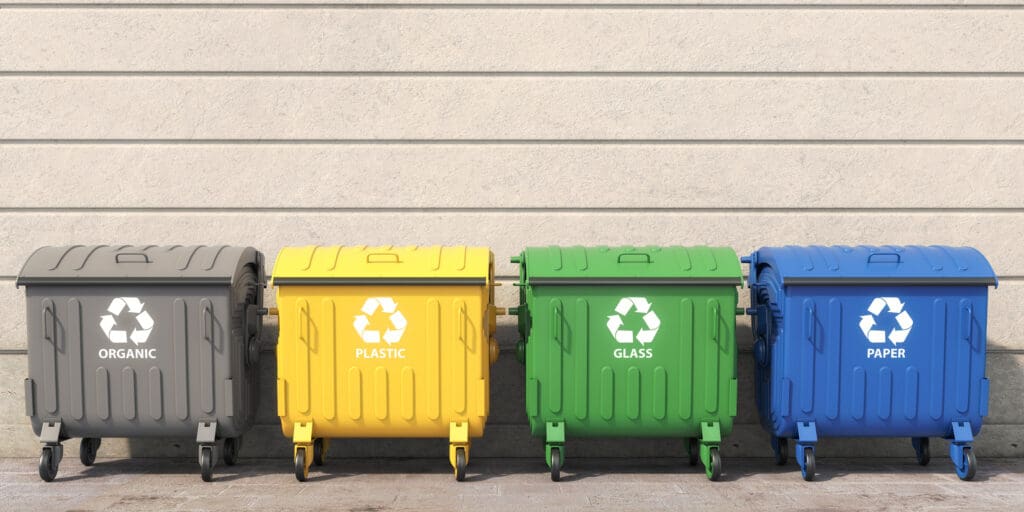Content for the B2B Buyer’s Journey

As a content marketer or marketing professional, you understand how vital content is in each stage of the buyer’s journey. You also understand this fundamental truth: Content must match the medium, the buyer, and each stage in the buyer’s journey.
Why Content Marketing Is Important for B2B
Even the briefest review of available information reveals a fundamental truth about the buyer’s journey for B2B vendors: Good content can pull buyers in and make a sale. Did you know that 90% of buying decisions start online, including for B2B vendors? Or that 75% of vendors use social media to research information about vendors?
Content marketing can be critical for many reasons, including:
- Establishing expertise and thought leadership
- Appropriately taking advantage of SEO
- Creating value-added content that can demonstrate the need and usefulness of your products
- Generating valuable content that can allow you to capture a customer’s contact information, placing them in your sales funnel
The content you create must match one of the above criteria to sell your product successfully.
The B2B Buyer’s Journey
You must understand how to use content marketing for B2B purchasing. This means:
- You have to fold your content into one of two formats: statistics that matter or stories that sell. According to surveys, this makes content the most memorable and impactful.
- Some buyers are willing to spend time and effort reading research reports and watching webinars. Others don’t have time or inclination and prefer quick bites of content, like a bullet point one-pager or infographic. Your job is to understand your customer enough to know what content they like and what will bring them closer to making a decision.
- Creating content that doesn’t just promote your brand and build awareness for you. Businesses want information that can enhance their brand and make their lives easier. If you can create content that accomplishes this while promoting your own business, you have hit the sweet spot.
Just like any other sales funnel, a buyer will travel down multiple pathways before ultimately buying your B2B product. Generally speaking, there are five stages of the B2B buyer’s journey, and you’ll need to develop content to meet each stage. These stages include the following.
Awareness: Getting Noticed
Before making a sale, a customer must know who you are. As such, your content should be engaging and shareable. Examples include:
- Appropriately branded infographics
- Blog posts and high-quality social content that shows your expertise and experience
- Tips and other helpful information for your industry
- Newsletters and email marketing that provide useful information to a prospective lead
All content should lead back to your robust and actively updated website, letting customers know more about what you do and how you can serve their needs.
Consideration: Getting Leads
At this stage, potential leads know who you are, what you do, and what products or services they can buy. Now is the time to reel them in.
Since the prospective lead is aware of who you are, it’s time to get them into your system and primed for a personal conversation with someone on your team. Obtaining personal information and contact information is critical. As such, content should be geared around getting this info and include the following:
- Reports and whitepapers that provide information
- Webinars and case studies that show your expertise
- Social selling that can demonstrate your expertise and value-added. This selling should come from brand ambassadors.
All this leads a customer back to you and gives you a chance to complete the sale.
Decision: Getting the Sale
You’ll have the contact information and have proven your value by now. Now is the time to create content that completes the sale. This content should be sales-oriented and focus on getting a lead to try your product via free samples and trials. At this stage in the buyer’s journey, it is time to create direct interactions that build engagement and prove value.
Content now will be built on one-on-one interactions and not as directly social media oriented. However, you can and should advertise these opportunities on social media.
Retention: Keeping the Business and Growing Your Pipeline
Once you’ve sold a customer, you must keep them in your business.
Many types of contact methods are similar to other stages. For example, you will want to use email blasts, social media, blog posts, and case studies to show your value. However, you’ll want to shift the type of content to match the stage of the buyer’s journey. Instead of proving your expertise, you’ll want content showing how your customers can use your products or services to enhance their business. Doing so creates a solid brand and ensures your customers believe in your value proposition.
Advocacy: Turning Customers Into Advocates
You’ve sold your customers, and they like you. Now, create incentives to help them sell. This includes:
- Giving them discounts for referrals
- Creating solid, useful, and branded content they can share on social media
- Encouraging social media engagement via direct asks in your social media posts
Doing the above builds a brand and improves your social reach, which is critical in turning your customers into advocates.
Final Thoughts
Content marketing for B2B can be the difference between the success or failure of any marketing effort. However, you must fully understand how to use content marketing for B2B and map that content to each stage of your B2B buyer’s journey if you want that content to hit the market.
At Madison Taylor Marketing, we have the time and expertise to create this content. We’ve spent years marketing for B2B agencies and have developed the skills and knowledge necessary to help your business grow and thrive. Want more information? Contact us today to learn more about how we can help you manage content for each stage of the buyer’s journey.





